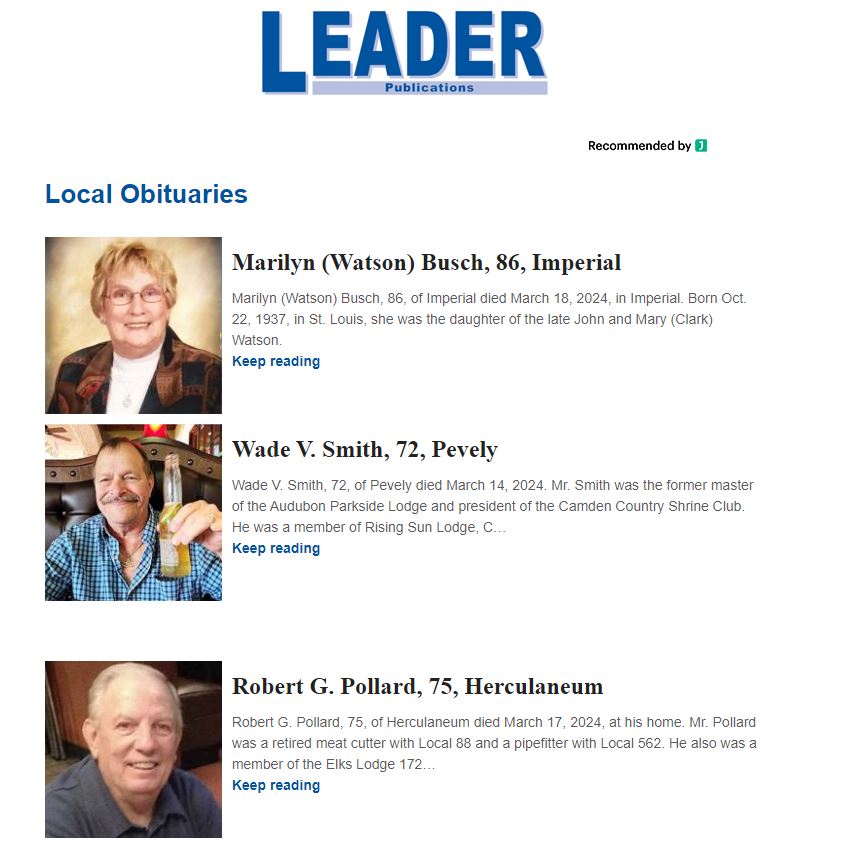When breaking news occurs, treat the website as a wire service
Benjy Hamm
Apr 1, 2024


A commitment to updating websites with breaking news can lead to more traffic and help communities
When I recently heard about a major news event in an area where I have friends, I instinctively called up the website of the local newspaper. What I found was unfortunately all too common — nothing about the big news.
Even as other media outlets including regional TV stations, and sources on social media provided updates, the local newspaper remained silent for 12 hours before posting one story with only the basic details. The next update occurred two days later as the newspaper was going to press.
While many newspapers aggressively post breaking news on their sites and do commendable work during times of crises and tragedies — coverage of the recent fires in Texas are an example — I regularly find many others operate as if still bound by the old newspaper production cycle.
It can be hard to break out of that cycle. I had written hundreds of stories for newspapers by the time I joined The Associated Press, but nothing prepared me for how quickly AP journalists worked to meet their deadlines.
AP reporters typically had about five minutes after the end of an event to write their first story — actually just several paragraphs of highlights that could be used for the broadcast wire. Reporters then wrote longer versions of their stories while they continued to make calls and track down additional details. AP sports reporters had a deadline of 15 minutes after the end of a game to post the first story on the wire, and then often quickly wrote two other versions as they gathered quotes and more statistical information.
Those AP deadlines were based on a common saying among wire service journalists: “There’s a deadline every minute” somewhere. AP reporters also were taught that working quickly should not lead to more mistakes, citing a common phrase: “Get it fast AND get it right.”
It might be easy to think of The Associated Press as a large organization with nearly unlimited resources. But for much of the time, the bureau where I worked had only one or two reporters available for assignments, and that’s another reason working quickly was vital.
I was reminded of the AP’s approach when thinking about why some news organizations don’t take greater advantage of their websites when breaking news happens. There are many reasons why delays in reporting can occur, such as short staffing, a lack of available sources, or taking extra time to confirm information. All of those reasons are valid.
But community journalists work hard day in and day out to show local residents that their newspaper and website have the best coverage of local news — better than the TV stations and the larger dailies. When major breaking news occurs, that’s an opportunity to reinforce to current and potential subscribers that the local news source provides unmatched coverage.
If local residents can’t find information they need about breaking news events for hours, or even days, then they will learn to turn to other sources.
Writing and reporting quickly is a skill that can be learned, but it’s mostly a mindset. As a newspaper reporter, I wrote most of my stories around print production deadlines. AP reporters operated with different expectations and deadlines that were set by the organization’s customers — thousands of media outlets.
Your readers have similar expectations. They might subscribe to the weekly newspaper, but they want important news delivered quickly. Websites provide community journalists with an outlet to meet those expectations and also follow up with additional coverage in the printed edition.
When breaking news occurs, treat the website as a wire service would:
- Post a story quickly that is accurate and clear. The original story might contain just a few paragraphs, if that’s all you know. You can add a sentence that says the story is developing and you’ll include more information as it becomes available.
- Update the story as you interview additional sources and confirm new details.
- Think visually and add photographs, maps and graphics to help your readers better understand what occurred.
- Ask readers to contact you if they know information that could be important for the story. This can be particularly helpful in the aftermath of storms, as residents can provide details and photographs from throughout your coverage area.
Your website should be an essential tool to help your news organization expand its reach. Updating the website frequently, especially with major news coverage, will help to reinforce your organization’s reputation as the primary local news source. And it can help to increase readership and even attract new subscribers.
Benjy Hamm is director of the Institute for Rural Journalism, which is based at the University of Kentucky.









